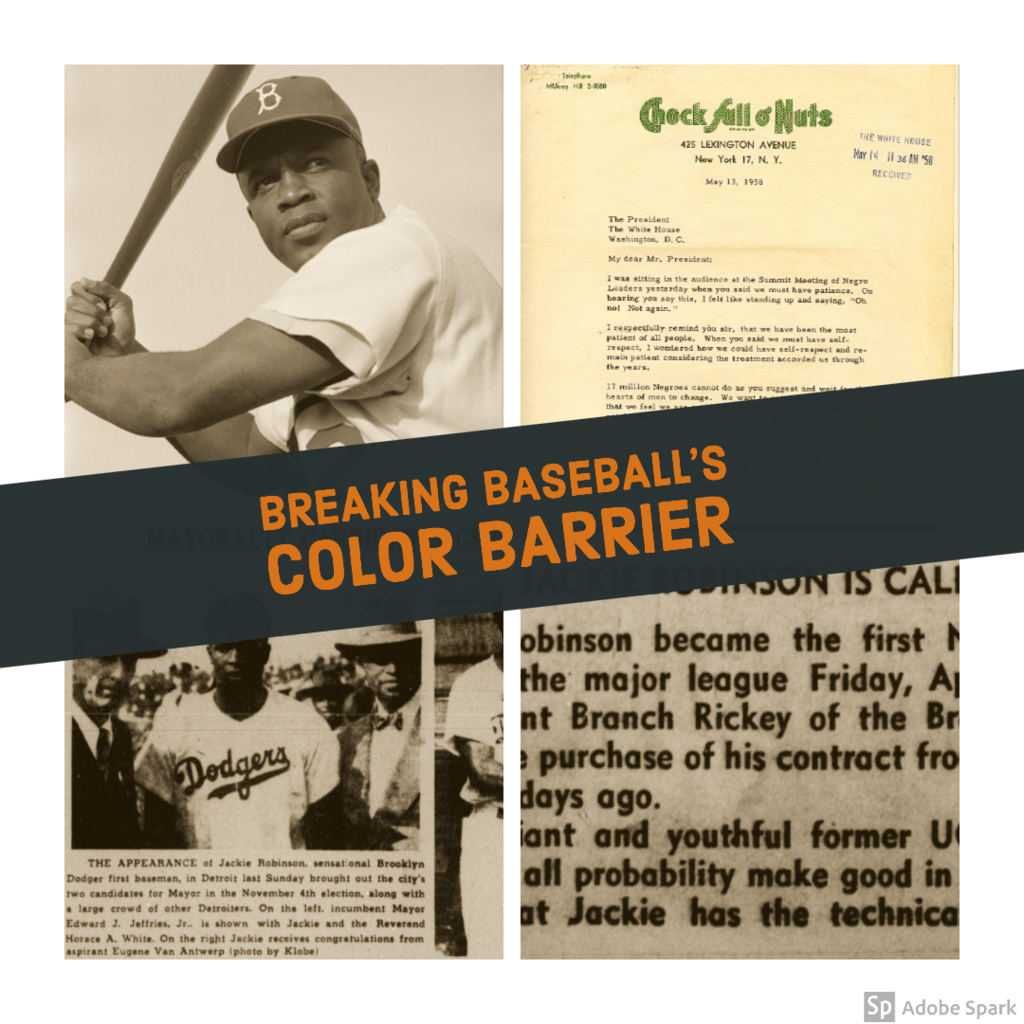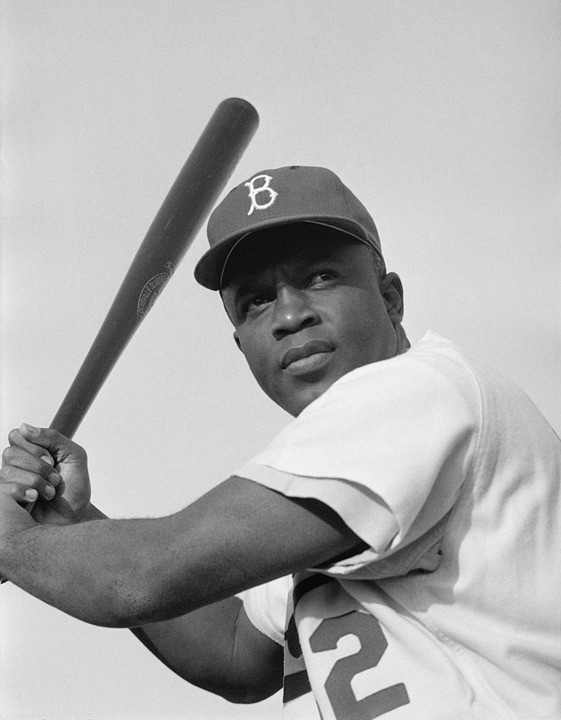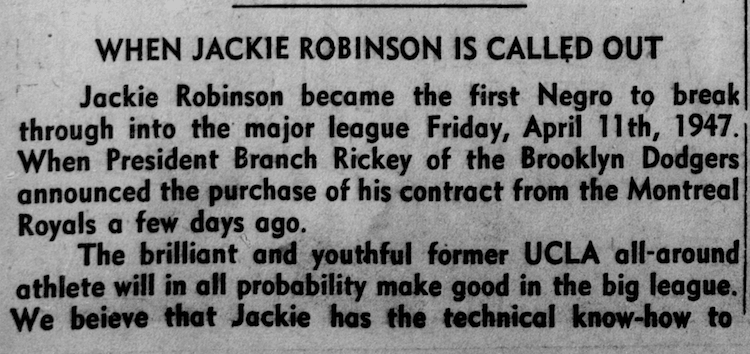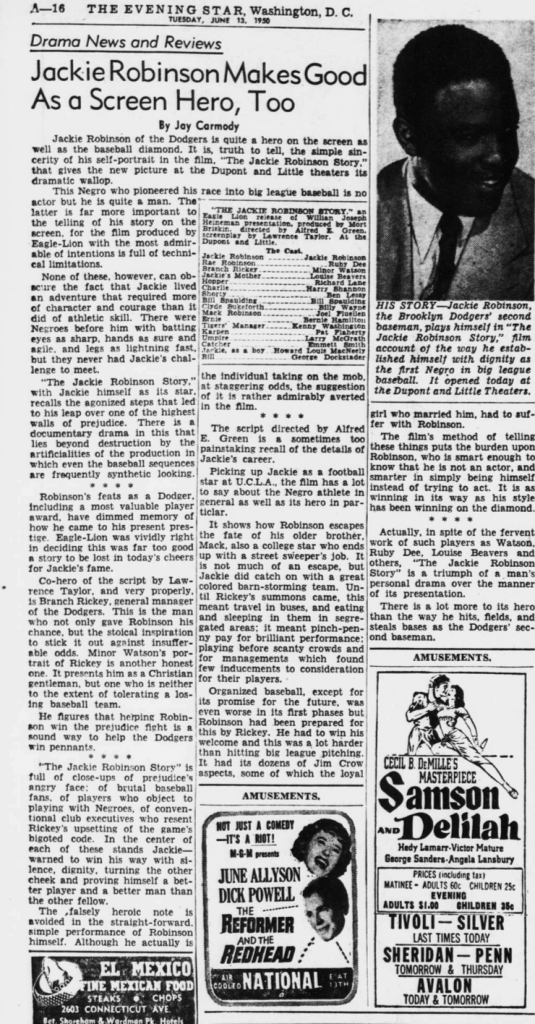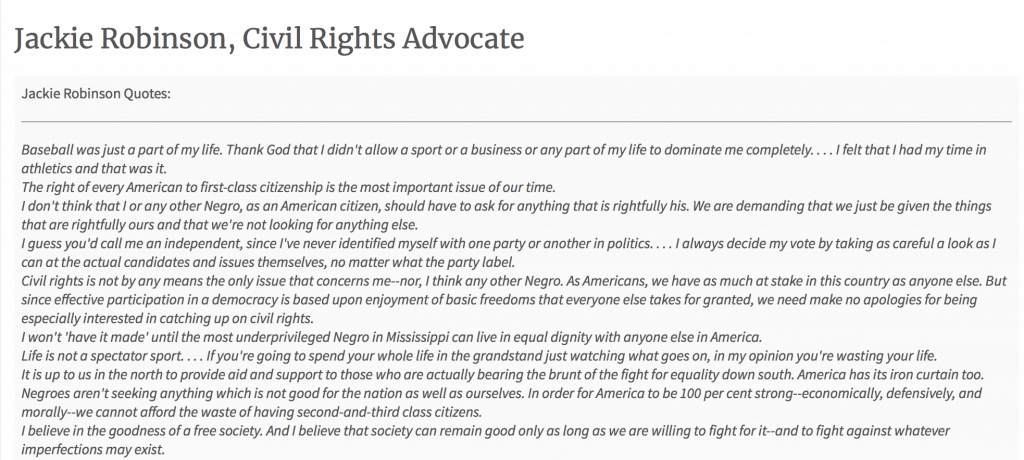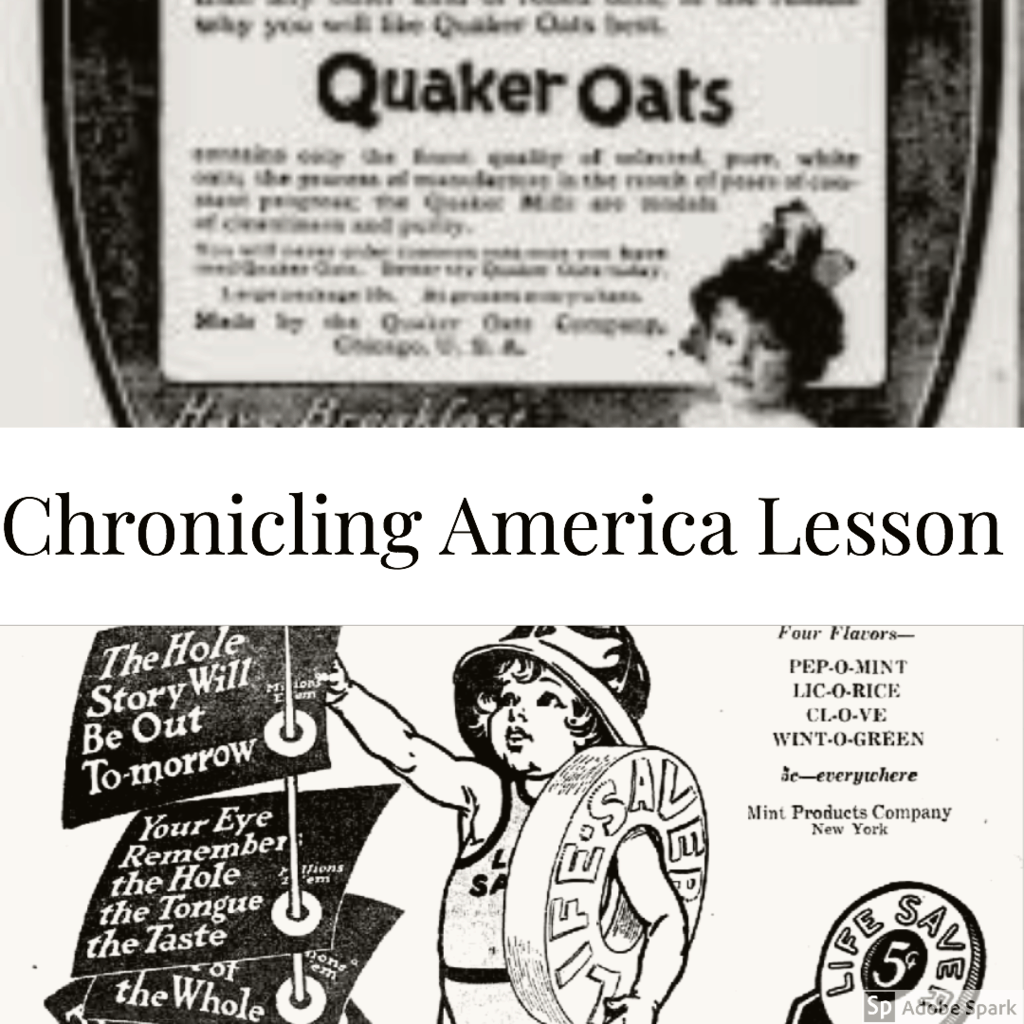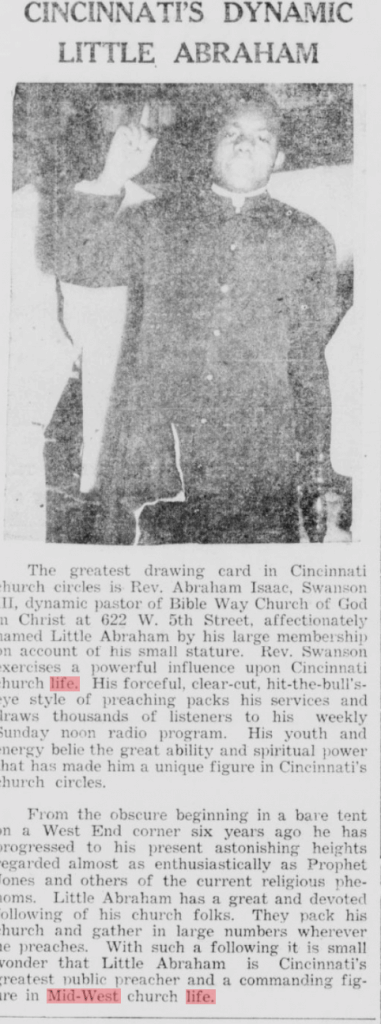I will have to admit that when I first entered this methodology class in the beginning of the summer, I had no idea what was going on or what to expect. The professor that we were having had been in with my cohort in the summer to give us a brief presentation on using technology in the classroom and incorporating it into our lesson plans. Little did I know how much further I would be diving into the use of technology in the classroom after we had our first class session. If anyone is to know much about me and technology, it is that I’m not well versed in how the other actually work or its innovative aspects. Despite being from the generation that has grown up with technology, I’m not quite as adapt as one might think. For the most part, I use technology only because how I can make it work, and if it doesn’t work, then it is not my profile to be able to fix it or necessarily figure out why. So after this first class, I went into things with a glass half empty, glass half full approach. I knew technology, when used correctly, could elicit some of the most engaging, enticing, and rewarding experiences with students in a classroom experience. I also knew that when not done to the best of its ability and without sufficient knowledge from the instructor, that it could be the complete opposite experience. I knew I was in for an adventure.
When looking back at my work, as demonstrated here on my portfolio for this site, I’m happy about what I learned, the resources I have explored, and the tools I now have been able to put into my toolbox. In this course particular, I have learned to work with Google Forms, Padlet, Adobe Spark, and Chronicling America among other resources. Having these tools have served great benefit in terms of me having confidence in incorporating technology in the classroom. An example of using technology is for a lesson I can do for when reading The Outsiders text in my humanities class using Chronicling America. Chronicling America is an online resource through The Library of Congress that allows for individuals to look through digital copies of newspaper articles from the 1700’s all the way until 1963.
For this lesson, I would use Chronicling America, the resource upon which you can look at digital copies of newspapers from a period up till about the 1960’s, in conjunction with the reading of The Outsiders text. This activity would take place at the beginning, right before students will actually begin to read the text. It would have students look up newspaper articles from the 50’s and such in the Midwest, particularly Oklahoma, where the story of The Outsiders takes place. This lesson would begin with an intro to how daily life and the roles of people in society were drastically different during the 50’s and 60’s in midwestern America and highlight some of the ways or places in which differences might be found.
Another big benefit I took away from this class was a particular point in which we learned about and talked about different discussion point strategies that we can use in our classes. It isn’t only important to incorporate technology or other cool tools or resources in order to carry out a lesson, but it is also important about how you have the students engage and make the lessons their own. We went through a wide variety of different strategies that varied from Gallery Walks and Philosophical Chairs to Socratic Seminar and Fish Bowl. One strategy that stood out for me and in which I was able to dive deeper and understand more than I had before was the classic strategy of “Think-Pair-Share”. I was able to incorporate this into my teaching in my 8th grade humanities class on The Outsiders text. Throughout this unit plan and this specific lesson I taught, I had plenty of times woven into the instruction where this strategy would show up. Prime examples of this were after any of the write-up times. This could have included either the warm-up questions or the reading responses. I had students think about the answers to the questions and or what they had written or organized their thoughts into. After the thinking, they were asked to share their ideas and such with partners at their tables. The fact that the partners were already chosen by expectation that it was their table mates checked off one of the parts in which Jennifer Gonzales said was key to getting the most out of this strategy in her post of it. Another one of the checklist elements that was being done, was that I wouldn’t just sit at my desk chair or be on my computer while this was happening, but rather I would walk around, listen to the conversations being taken place, and engage and respond to the conversations. The last element that was present from this checklist was that after students had gotten the opportunity to share in pairs, I mostly always opened it up to the class and had at least a couple people share out loud to the whole class their ideas.
I learned that this strategy was great and effective for many of the same reasons upon which Jennifer highlights in her post. First and foremost, this was a helpful strategy because it served to break the content into smaller size pieces. The reading and deeper understanding of The Outsiders text and such is a lot of work and can be complex and overwhelming. This strategy allows students easier and more wholesome opportunity to interact with the text and their ideas and their thoughts. Another reason is that it allows the students to be active in the classroom and in their learning. The students are no longer just sitting there all day and just getting information. They are doing work to verbally process it and be able to take ownership of their learning. The last big benefit is the idea that it gives an opportunity for me to formally assess the students. Just by toning in to the conversations and engagement of the students, I am able to begin to grasp an idea of those students who are understanding the content at hand and those who might need more guidance and help.
Overall, when reflecting on this class and the work that I completed, it will be remembered as a place where I was able to think more about ways to reach students and for them to be able to reach back and engage in the materials themselves.


